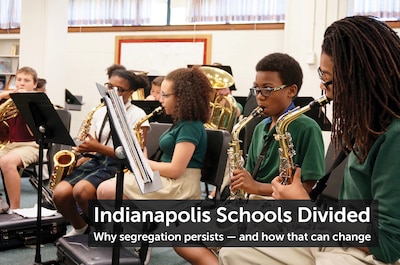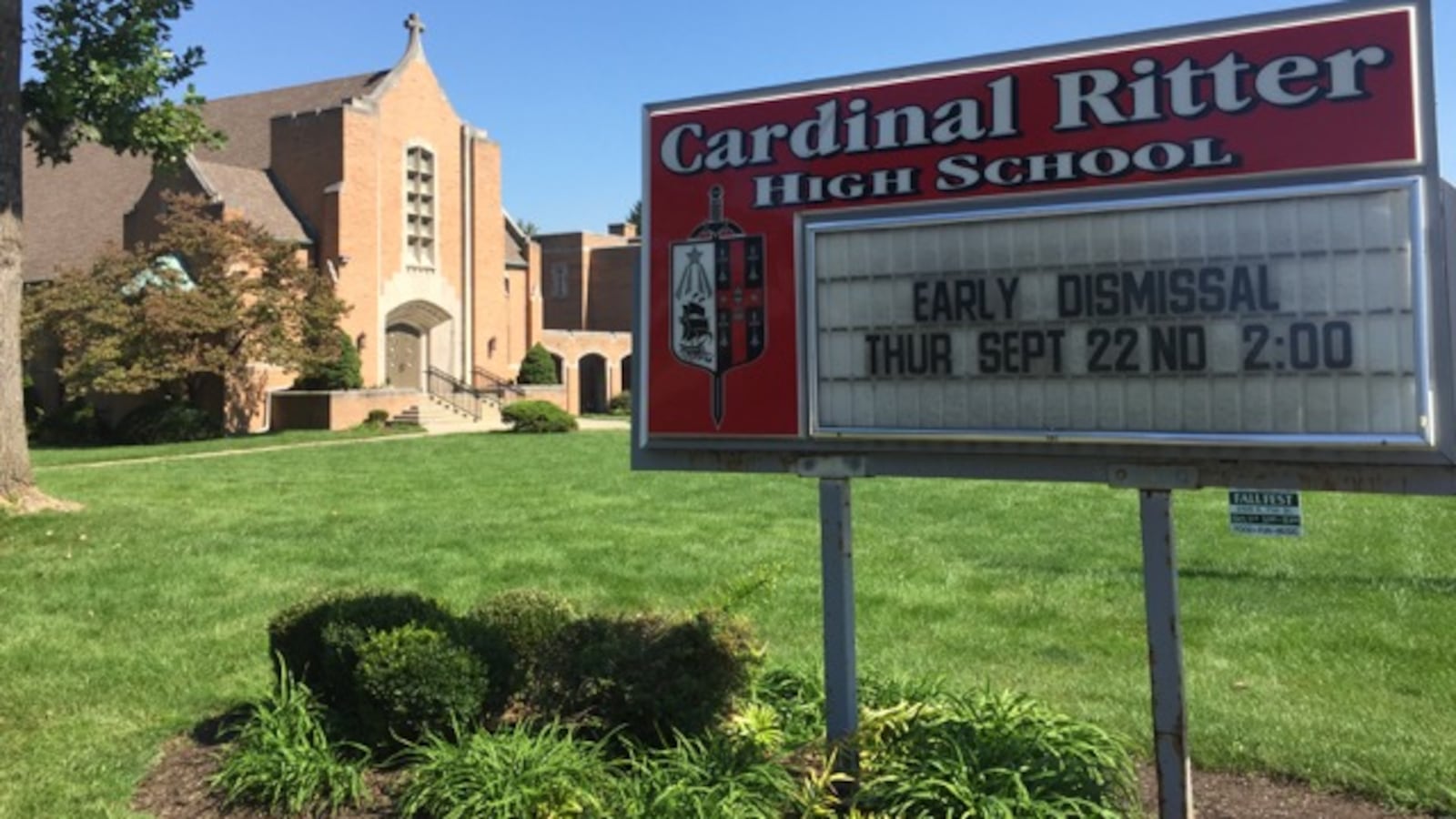Two Democrats running for statewide office in Indiana say school choice bears some of the responsibility for segregated schools in the state but a deeper look at the details raises questions about whether that’s fair.
The issue came up on Monday when Chalkbeat, which has been writing a series of stories on school segregation in Indianapolis, asked the Democratic candidates for governor, John Gregg, and for state superintendent, Glenda Ritz, what role the state should play in ensuring schools are racially and socioeconomically balanced.
(By the way, Chalkbeat is co-sponsoring a community conversation about school integration on Wednesday at 6 p.m. at the Central Library. You should come.)
Here’s what reporter Shaina Cavazos wrote about her exchange with Gregg:
Gregg said he didn’t know that resegregation had become an issue. He partially blamed the legislature’s promotion of school choice — which includes taxpayer-funded vouchers for private school tuition, charter schools and parents’ ability to choose schools outside their home districts — for some of the problem. “I’m going to check into that because I was not aware of that,” he said. “I do imagine part of it comes because the legislature allows the choice.”
Ritz also pointed to school choice as a problem, especially the state voucher program.
But is that fair?
As a reminder, school integration first exploded as an issue in 1954 with the U.S. Supreme Court’s ruling that outlawed “separate but equal” as a policy for school enrollment. In Indianapolis, most of the effects of the Brown v. Board of Education ruling were felt from the late 1960s through the early 1980s. Resegregation has been an issue here at least since the late 1980s, with whiter and wealthier families moving further out into the suburbs. That has created a growing new divide between affluent suburban schools and city schools that now largely serve poor, minority students.

The first charter schools and voucher laws in the country didn’t come along until the early 1990s, well after the problems of school resegregation became apparent. In Indianapolis, courts approved a phase-out of busing for racial balance beginning in 1999. The state didn’t pass a law creating charter schools until 2001 and the law creating vouchers wasn’t passed until 2011.
So at a minimum, it’s hard to argue that school choice created the problem of resegregation.
There is evidence that school choice programs can accelerate segregation in schools, such as in this recent report on segregated school districts in Michigan. But is it happening in Indiana?
In her Monday remarks, Ritz was specifically critical of the state’s private school voucher program as a driver of school segregation, suggesting her proposal to pause the expansion of vouchers could help schools become less segregated.
Looking at Ritz’s own report on the Indiana voucher program from May, however, there is scant evidence that vouchers are accelerating segregation.
If that were true, you might expect to see, for example, the program being used mostly by whiter and wealthier families to transfer from integrated public schools to segregated private schools.
But the students who use vouchers are less white than the state as a whole. About 71 percent of Indiana students are white. About 60 percent of those using vouchers last year were white. And most of the kids who use vouchers are poor enough to qualify for free or reduced-price lunch.
It is true that the voucher program has been expanded in recent years by the legislature to include more middle class families with higher incomes, and that the percentage of students in the program who are white and middle class has grown, but the numbers don’t suggest vouchers accelerate a surge of white or middle class kids out of public schools.
In fact, school choice advocates argue just the opposite: that vouchers might actually help integrate mostly white private schools by helping more poor and minority kids to enroll.
Indiana’s data certainly doesn’t seem to show white students using vouchers to flee public schools in large numbers.
Indianapolis Public Schools, for example, was 20.9 percent white in 2011-12, the year the voucher program began. About 640 IPS students transferred using vouchers that year. In 2013-14, the last year for which data is available, the district was practically unchanged at 20.4 percent white even after more than 2,650 IPS students used vouchers to attend private schools.
But look at the effect vouchers have had on two local private schools that accepted among the largest numbers of students using the program — Ritter and Cathedral Catholic high schools.
In the first year of the voucher program in 2011, Ritter enrolled 61 voucher students and the school was 61 percent white. But Ritter was 54 percent white in 2013-14, when it enrolled 211 voucher students. Voucher students by then made up about a third of the school’s enrollment.
In other words, Ritter has become more integrated as it added more voucher students.
Cathedral is a much less diverse school than Ritter, but it also is showing a move toward more integration as it adds more voucher students. In 2011, Cathedral enrolled 18 voucher students and the school was 83 percent white. Cathedral was down to 80 percent white by 2013-14, when it enrolled 126 voucher students.
As part of the series, we wrote about one private school, The Oaks Academy, which intentionally uses vouchers to boost its strategy of building an enrollment that is racially and economically balanced by design.
We also wrote about how another form of school choice — charter schools — have become some of the most segregated schools in the city.
So the role school choice plays in school segregation is still open for debate. The data so far seems to suggest the voucher program does not have a significant impact on racial balance, at least in IPS, but does seem to help some private schools move toward more integrated enrollment. The impact of charter schools on racial segregation is an area that may need some more review.

